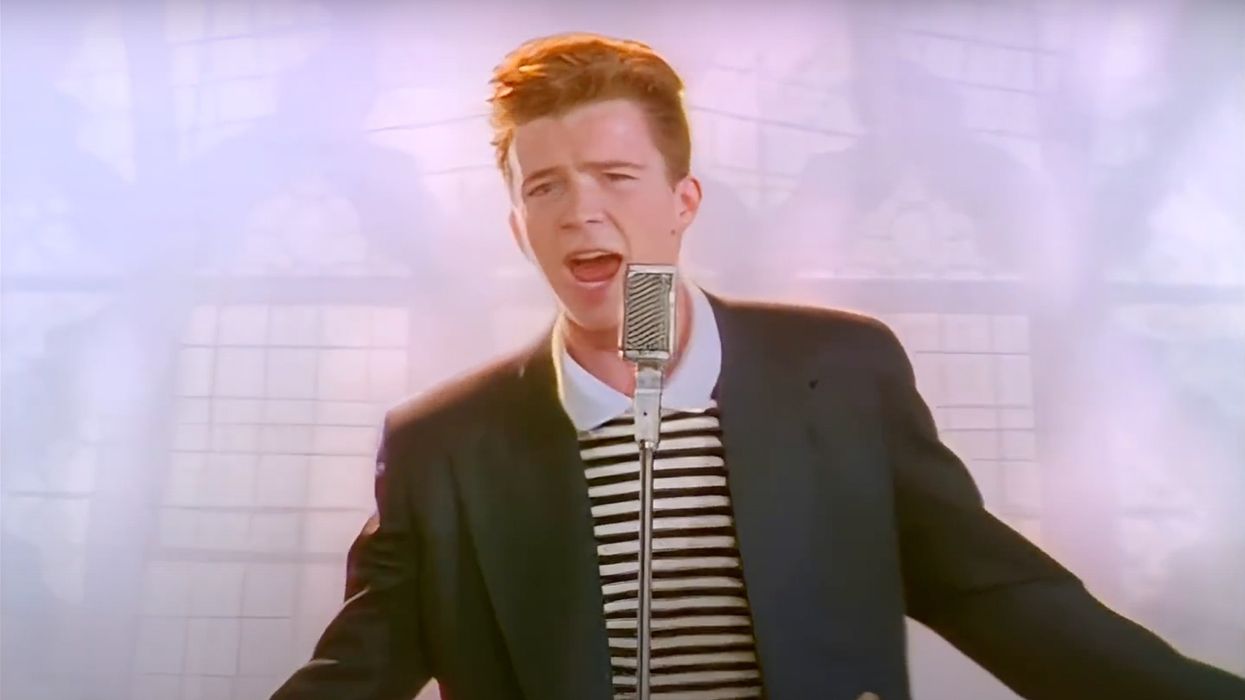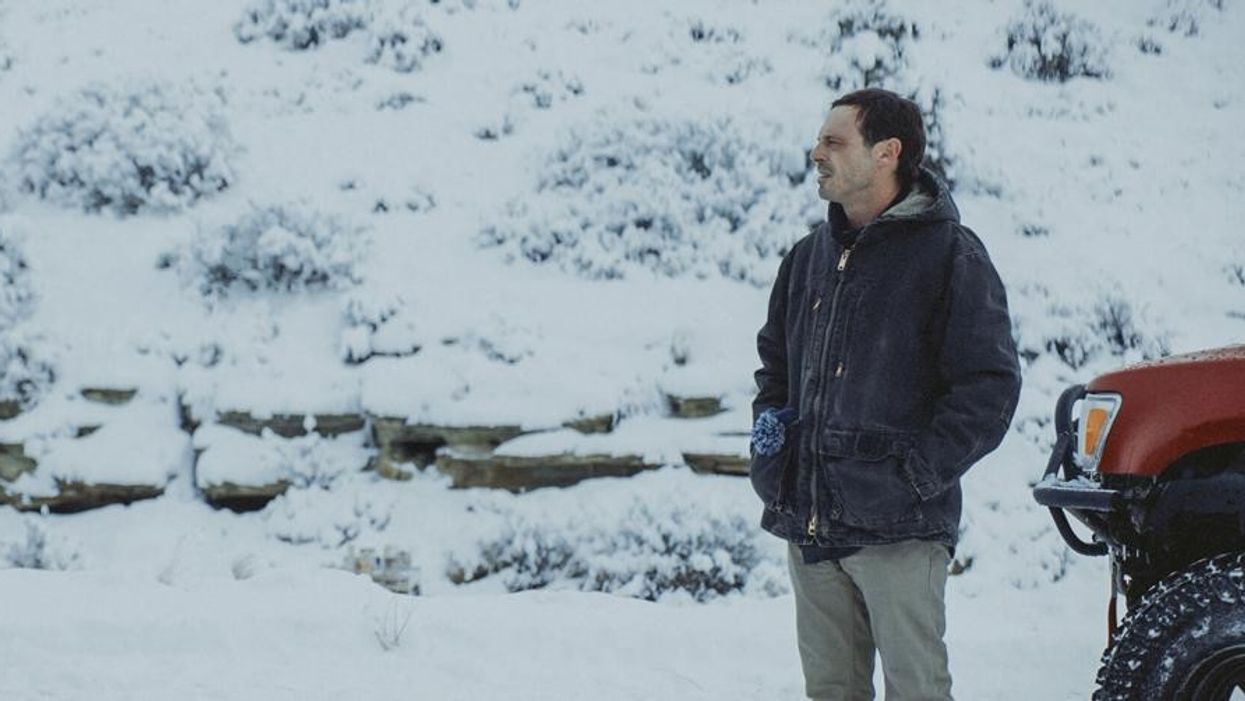Want to Save Your Aging Low-Resolution Footage?
AI algorithms can remaster early standard definition videos to 4K, giving them new life. But is it ready for mainstream use?

Looking back over the last 10 to 20 years of video, it comes as no surprise that the image quality of some older content is—well, bad. And the older the content gets, the more unwatchable it seems to be.
However, thanks to artificial intelligence, that’s all about to change, as remastering vintage titles can give them new life in a high-resolution world.
Never Gonna Give You Up
In what could be considered the ultimate Rickroll, to celebrate the 40th anniversary of the release of the hit “Never Gonna Give You Up” by Rick Astley, a YouTuber who goes by the name of “Revideo” used the AI-based upscaling tool called Topaz Video Enhance to not only upscale the video to 4K, but then used another AI-powered app called RIFE Flowframe to smooth it out to 60 frames per second.
The result is a higher resolution and dreamier presentation of the original.
Give it a watch here.
The way the upscaling tool works is pretty interesting. The AI algorithm analyzes each original frame and then adds additional pixels and frames based on the previous frame to boost the resolution. This makes for a crisper image while also enhancing the frame rate to make the whole sequence smoother. Unfortunately, it’s not perfect. The worse the original resolution is, the more likely the image will become distorted or look like it was painted on.

This was elaborated on by Linus Sebastian of Linus Tech Tips, who took his first video from his popular technology channel and gave it the upscaling treatment. His first video was pretty bad, having been uploaded to YouTube at 240p.
Sebastian no longer had the original video, so he had to use that standard definition video downloaded from YouTube. What he ended up with was a depiction of Sebastian that was, as he put it, “nightmare fuel.”
“It looks like one of those Photoshop filters that turns your image into a painting,” Sebastian said. Or much like an early video game.
Additionally, if there was movement in the image, the AI had a much more difficult time applying the upscaling. But if the image was locked down, the results were a bit better.
The good news is, the better the image, and the more mature the AI gets, the better the upscaling can become. Just look at what the nerds at Google’s Brain Team are working on.
Even for the Rick Astley video above, the image is a dramatic improvement over his other hit “Together Forever,” which was done by ReVideo before it.
Sebastian repeated the experiment again with a second video recorded at a much higher resolution of 720p, and the image was upscaled far better. A computer with beefier hardware, like a top-of-the-line GPU, can not only do a better job but do it faster as well.
The Future of Upscaling
Even with using optimized settings and hardware, there were some places in the upscaled video where the AI was having issues and ended up creating a muddy image in certain parts of the frame. Almost like when you blur out a brand or product that is copyrighted.
The video enhancement via an AI technique is still in its infancy, to be sure. But archivists and film historians looking to preserve older films and videos for future generations have begun to consider VEAI as a viable tool in film preservation.
Both Topaz Video Enhance and RIFE Flowframe are free to try, making them a fun and affordable tool for any filmmaker to try on their own aging portfolios.
With the state-of-the-art and rapid evolution of technology, this technique can only get better from here. What are your thoughts?











